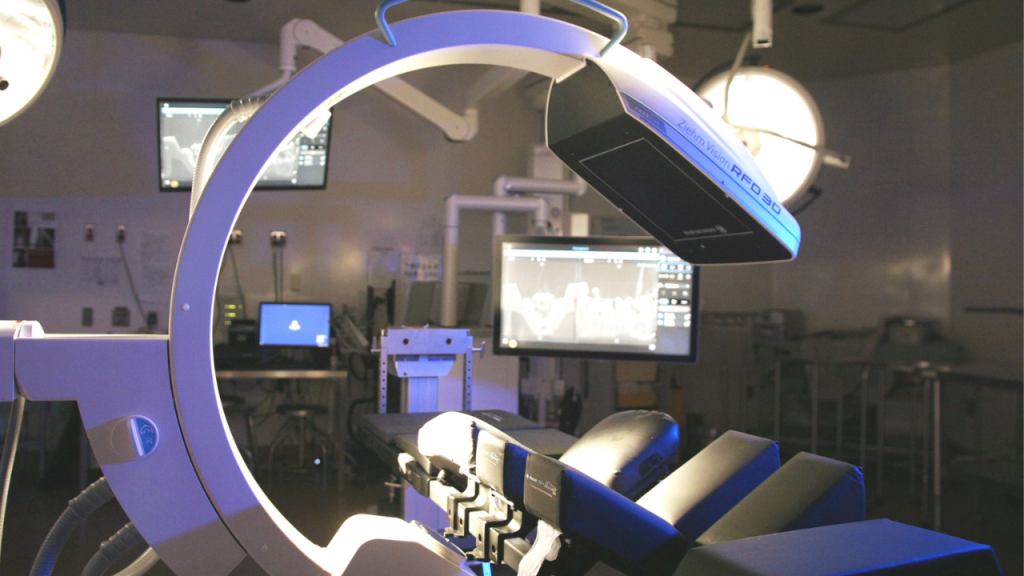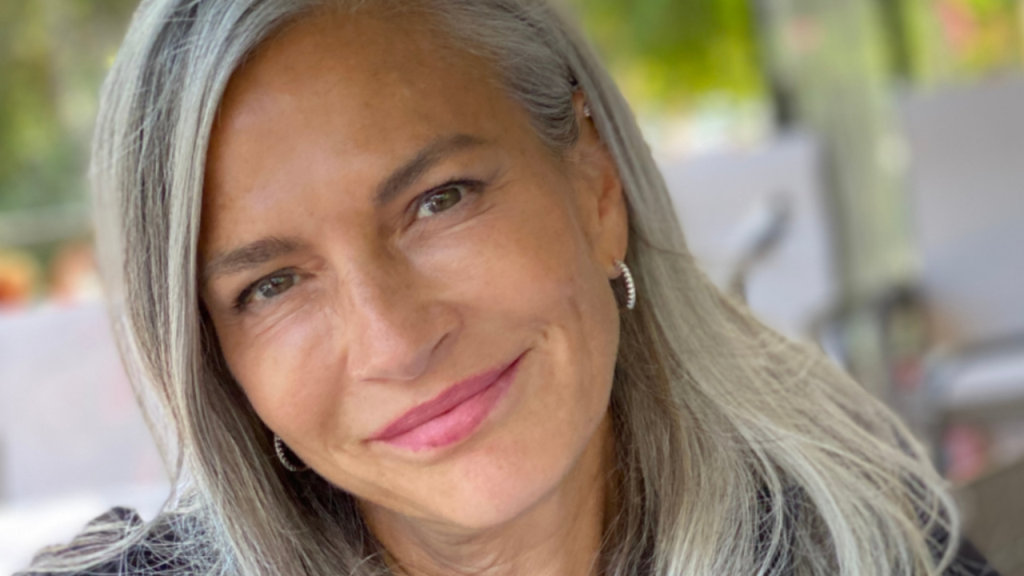Paramedic Deborah Rudney knew something was wrong the moment she and her partner lifted a stretchered patient into an ambulance in June 2022.
“I had pain right away,” says Rudney, who lives in Gimli. “But we carried on and completed the call.”
It was a devastating injury for Rudney, who was 57 years old at the time—not just because of the pain, but because it forced her out of a job she loved.
“You’re in people’s homes, you’re in a ditch, and you sometimes have to work in awkward positions when you lift people—but I loved it,” she says of the job she did for 18 years. “I always had a fascination with medicine and I loved helping people.”
Rudney’s back pain quickly intensified, and soon radiated down her side, her buttock, and her leg, all the way down to her heel and her toes.
“I couldn’t work, couldn’t ride my bike, couldn’t kayak, I couldn’t even walk very far,” she said. “Sleeping was hard, too. Every facet of my life was affected.”
She learned early on from her doctors that she would have a very long wait for further assessment and any surgery she would need. While waiting, she took pain medications, did physiotherapy, and applied heat regularly. This all offered some relief, but not enough. She and her spouse started to examine options in the United States, and had an initial consult with a surgeon in Fargo.
And then, “out of the blue”, a call came from HSC that the assessment and surgery could happen, thanks to the recruitment of Dr. Jay Toor—a surgeon from Toronto who specializes in minimally invasive spine surgery—and the anticipated arrival of new navigation and imaging equipment funded by donors to the HSC Foundation’s Operation Excellence campaign. The equipment offers surgeons three-dimensional imaging and real-time visualization to support decision-making.

“I met with Dr. Toor and it became clear that I was a good candidate for the technique he used,” says Rudney.
Surgery took place in July of 2024. Two rods and eight screws were used to fuse and stabilize her spine, and spacers were used between the vertebrae to relieve compression. The pain down her leg went away “more or less immediately”, she says.
Her injury was a complex one, likely compounded by years of job-related wear and tear. Some back pain persists and is being further investigated; it’s unclear whether Rudney will be able to return to the job she loved. Still, she is grateful for HSC, Dr. Toor, and for the donors who made acquisition of the navigation equipment possible.
“I haven’t shared my story with too many people. I don’t really like to talk about it,” says Rudney. “But helping people is a huge passion of mine. That’s why I became a paramedic. So, while I can’t physically respond to a patient’s needs now, I think I can help people by sharing my story with donors and potential donors to the HSC Foundation. I want to highlight just how much this new technology and the surgeons who use it make a difference for Manitobans. It brings hope for a better future!”
We All Need HSC, and HSC Needs You
Your Millionaire Lottery ticket purchases help us provide the best possible care for patients and make life-changing—and life-saving—technological advances.
Plus, you’ll be in to win thousands of prizes – including the Grand Prize draw to become Manitoba’s newest millionaire!
Choose your millionaire dream: A luxury home in Manitoba or oceanfront in BC – or $1.25 million tax-free cash.


